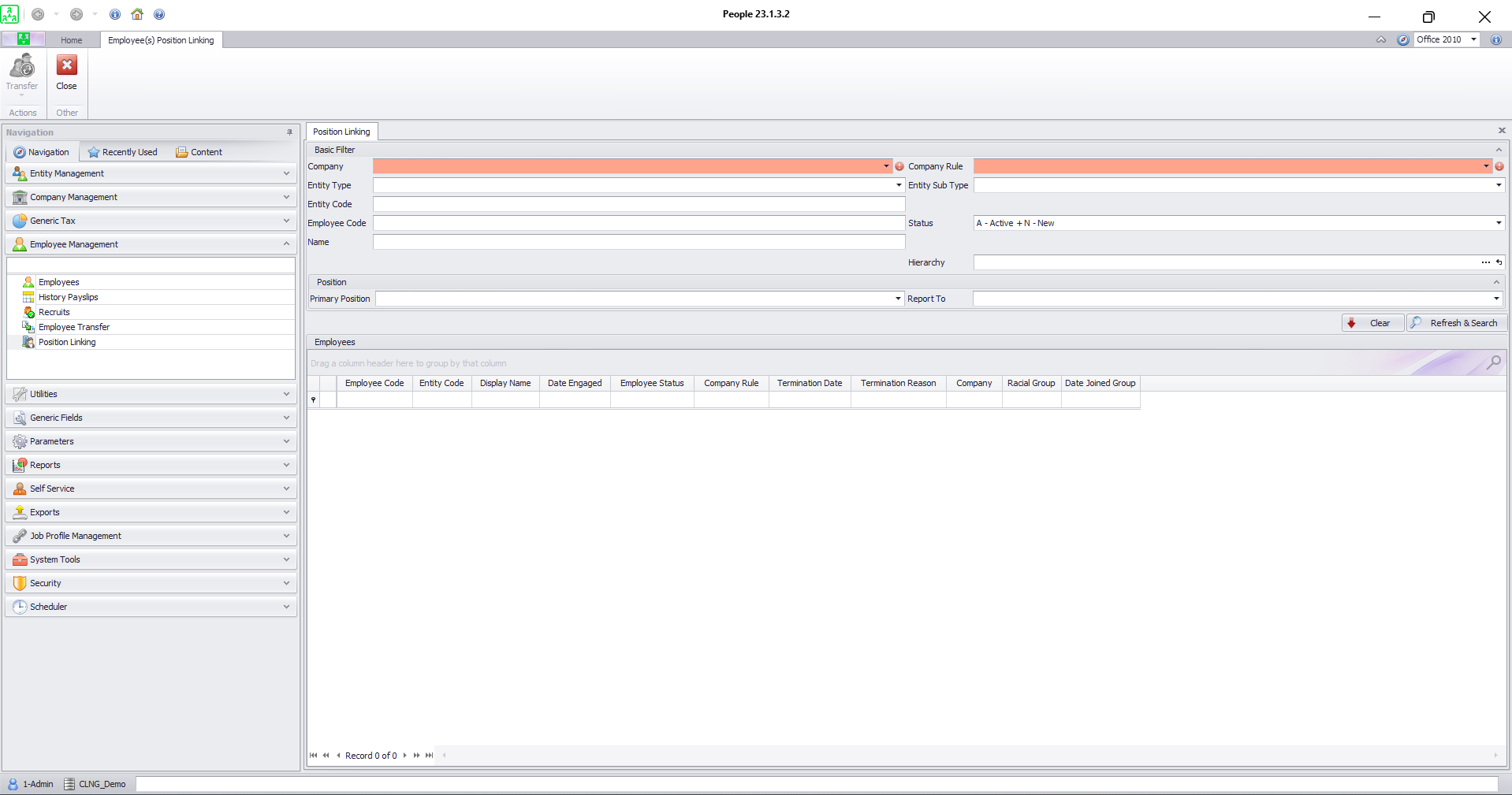
Sage 300 People – Employee Management: Position Linking in Sage 300 People enhances employee management by providing a structured framework for defining organisational relationships, supporting succession planning, optimising workflow processes, and aligning individual performance with organisational objectives. It contributes to better decision-making, improved efficiency, and a more cohesive and well-managed workforce.
Here’s how it functions in employee management:
Position Hierarchy
Sage 300 People enables the creation of a hierarchical structure of positions within the organisation. Position Linking allows HR administrators to define relationships between different positions, such as supervisor-subordinate relationships or cross-departmental connections.
Organisational Structure
By linking positions, HR managers can visually represent the organisation’s structure and reporting lines within Sage 300 People. This helps in understanding the chain of command, departmental relationships, and overall organisational hierarchy.
Succession Planning
Position Linking supports succession planning by identifying potential candidates for promotion or lateral moves within the organisation. By understanding the relationships between positions, HR managers can assess talent pipelines and plan for future staffing needs.
Workflow and Approval Routing
Linked positions can be used to define workflow and approval routing within Sage 300 People. For example, when an employee submits a request or document, the system can automatically route it to the appropriate position or manager based on the predefined relationships.
Performance Management
Position Linking can be utilized in performance management processes to establish goals, objectives, and performance expectations for each position within the organisation. It helps align individual performance with organisational objectives and facilitates performance reviews and evaluations.
Competency Mapping
HR administrators can map competencies to different positions within Sage 300 People. By linking competencies to specific roles, organisations can ensure that employees possess the necessary skills and qualifications to perform their job duties effectively.
Training and Development
Position Linking can inform training and development initiatives by identifying skill gaps and development needs at the position level. HR managers can use this information to create targeted training programs that address specific job requirements and career progression paths.

